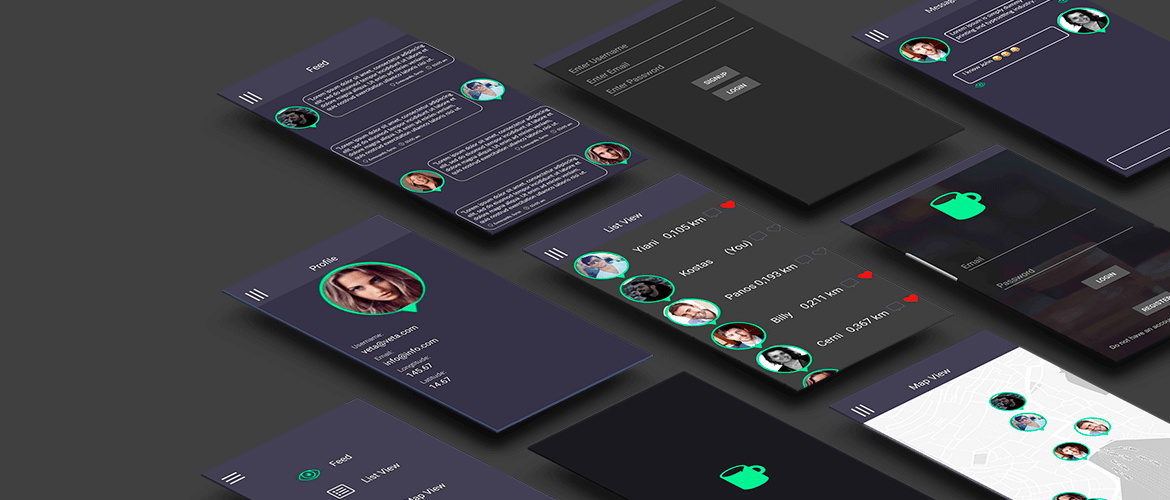Products or services will soon not be perceived inseparable from computers in their structure. Interactive TVs, networked intelligent home appliances, smart packaging (esp. of consumer products) do not comprise extreme examples, but a reality. Moreover, the target group range of computer users nowadays far exceeds the narrow group of specialists, expanding to children, adults, the elderly, people with special needs, etc. The widespread use of new technologies re-brand the use of products and systems such as, television, video, telephone, banking. Thus, emerges the need for the design of user-friendly products, easily accessible to all (design for all).
Learning how to design interactive products and systems is essential for a designer to be able to create user-friendly and user-safe products and systems, consisting of intangible and/or digital parts (such as cell phones, information systems for latest technology automobiles, etc.), which can communicate with the user and thereby improve people’s quality of life. This knowledge has not been fully covered in higher education so far, so this stream of study aims to cover this gap.





-bnhy2m.jpg)
-m1yj49.jpg)